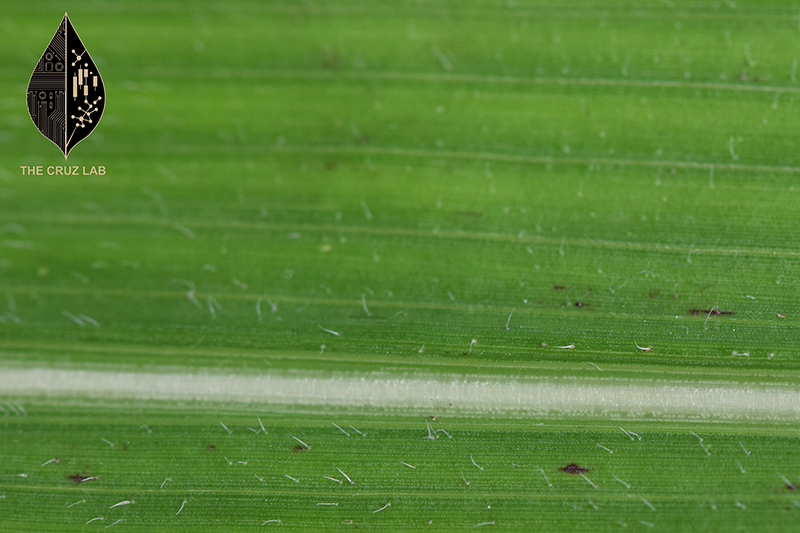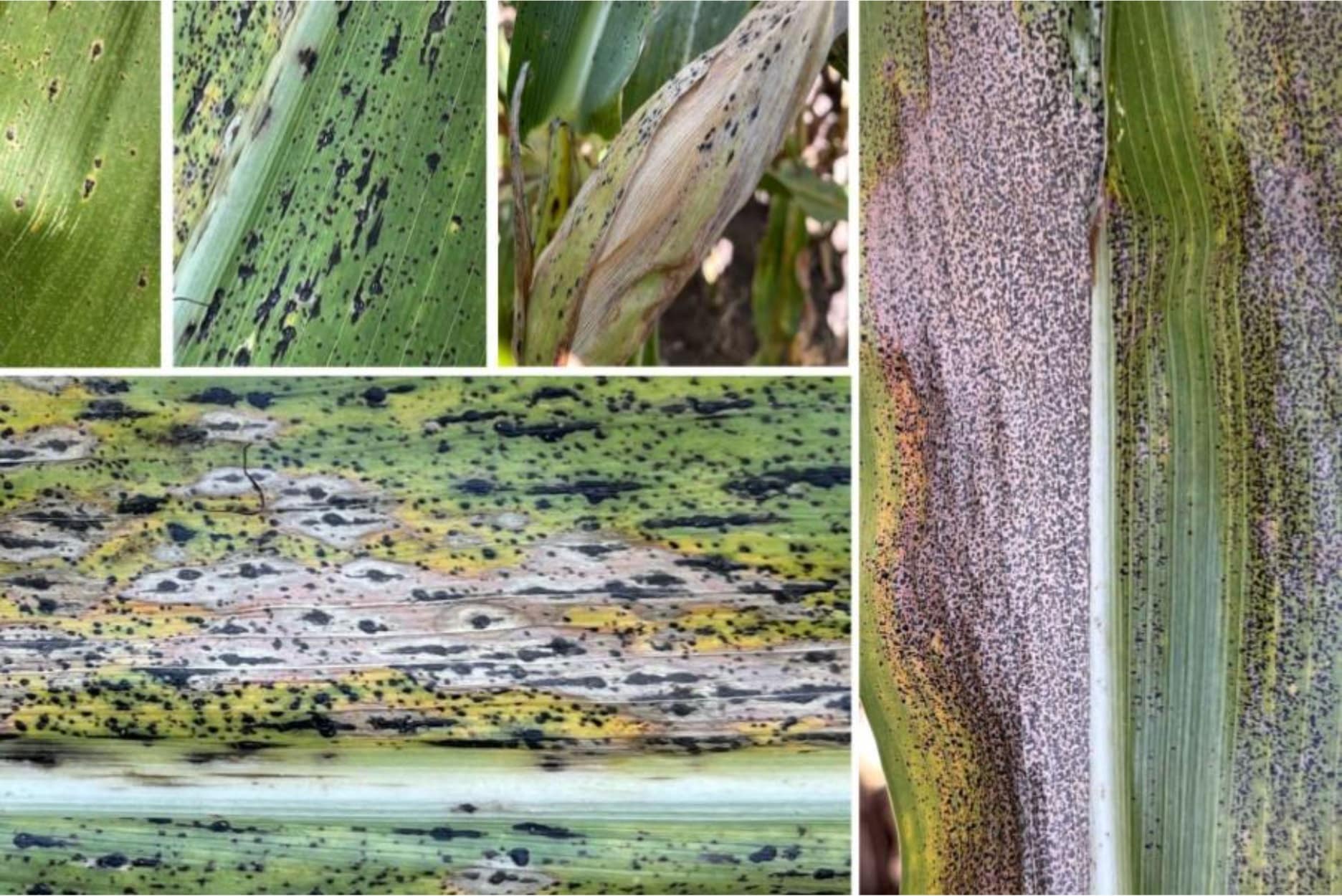Purdue partners with Insignium AgTech to develop early detection tools.
Purdue University’s College of Agriculture and College of Engineering researchers are partnering with Insignum AgTech to develop tools for farmers to detect early stages of tar spot disease in their corn plants according to a Purdue news release. This project is funded by grants from the Indiana Corn Marketing Council and an Innovation Voucher from the state of Indiana.
Insignum CEO and Purdue alumnus Kyle Mohler highlighted the integration of expertise in three key areas:
Insignum is utilizing DNA already present in corn plants to create a new gene that reveals infections at an early stage. This gene uses the plant’s natural response to a fungal spore to cause leaves to form purple spots at the infection site about a week before disease symptoms are typically visible.
C.D. Cruz, associate professor of botany and plant pathology, is a leading expert in phenotyping tar spot in greenhouse and field conditions. His research focuses on understanding the disease’s epidemiology. Cruz and his team, including Alex Acosta, Mariela Fernandez, and Andrés Cruz of the Cruz Lab, are inoculating Insignum corn with tar spot to test how the plants reveal the disease before symptoms appear.
Jian Jin, associate professor of agricultural and biological engineering, has developed LeafSpec, a patented hand-held hyperspectral plant leaf scanner. This device studies physical characteristics of plants, including early disease symptoms, nutrient deficiency, and response to chemical treatments. Jin’s team will capture images of corn plants in the greenhouse to determine if the color changes can be detected more quickly and clearly with the device. They will also develop algorithms to identify color changes from drone imagery in Insignum’s 2024 field trials, potentially creating intellectual property to enhance scouting efforts when Insignum commercializes its plant genes.
Tar Spot and Its Effects
Tar spot disease reduces a corn plant’s ability to absorb sunlight, weakening the plant and decreasing yield. Caused by the Phyllachora maydis fungus, it creates raised, bumpy black spots called stromata on corn husks, leaves, and stalks. Each stroma can produce thousands of fungal spores that can quickly infect other plants and fields. Mohler noted that tar spot was first detected in the U.S. in 2015 and by 2023 had become the most damaging pathogen to corn in the country. He stated, “Tar spot’s rate of spread, the amount of damage it causes and the fact many U.S. corn varieties aren’t resistant makes it the most concerning corn disease to American farmers.”
Mohler hypothesizes that Insignum’s technology will cause corn leaves to turn purple, indicating the presence of tar spot. “Farmers can then treat their crops to prevent damage from this devastating disease. Treating at the right time is critical to treat the disease. It is challenging to get correct.”
The collaboration is expected to continue through the end of 2024.
What They’re Saying
C.D. Cruz, Purdue University: “Tar spot has caused significant yield reductions, with losses of up to 50% in severe epidemics. The disease is particularly damaging when it infects early, as seen in 2018 and 2021, when it heavily affected plant development before the dent stage, resulting in substantial yield loss. Traditional control methods, such as fungicide applications, are expensive and require precise timing to be effective. Achieving this precision can be challenging due to varying conditions conducive to tar spot, the need to consider other diseases and fluctuating corn prices. This collaboration is promising, as it aims to develop more effective and timely phenotyping strategies, potentially helping farmers to be better informed about the temporal and spatial development of diseases.”
Jian Jin, Purdue University and LeafSpec: “Having a sensor system for earlier detection of tar spot is critically important for farmers to make timely decisions on field applications. Published literature has already shown that LeafSpec is a leading technology in the detection of such disease symptoms, with its superior spatial-spectral resolutions, unprecedented imaging quality and AI for plant stress recognition. The collaboration between Insignum and LeafSpec is like combining a great magnifier and the best camera for the clearest image of tar spot. We’re all holding our breaths to the result of this summer’s assay.”
Ben Forsythe, director of sustainability and value creation, Indiana Corn Marketing Council: “There is a long list of pressures challenging Indiana farmers and the tools they have to protect their crops. We are always looking for the next wave of technologies that can help those farmers meet upcoming challenges while also opening up opportunities to increase on-farm profitability and improve soil and water quality outcomes. Research and technologies like Insignum could be foundational to Indiana corn production in the years to come, and the Indiana Corn Marketing Council is excited to partner with Kyle and the team to move this forward.”











